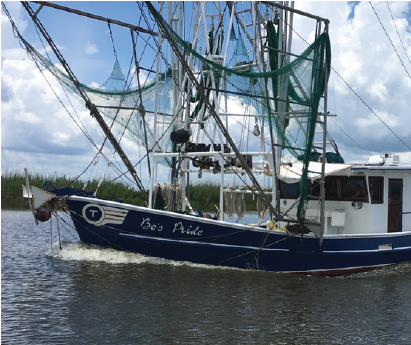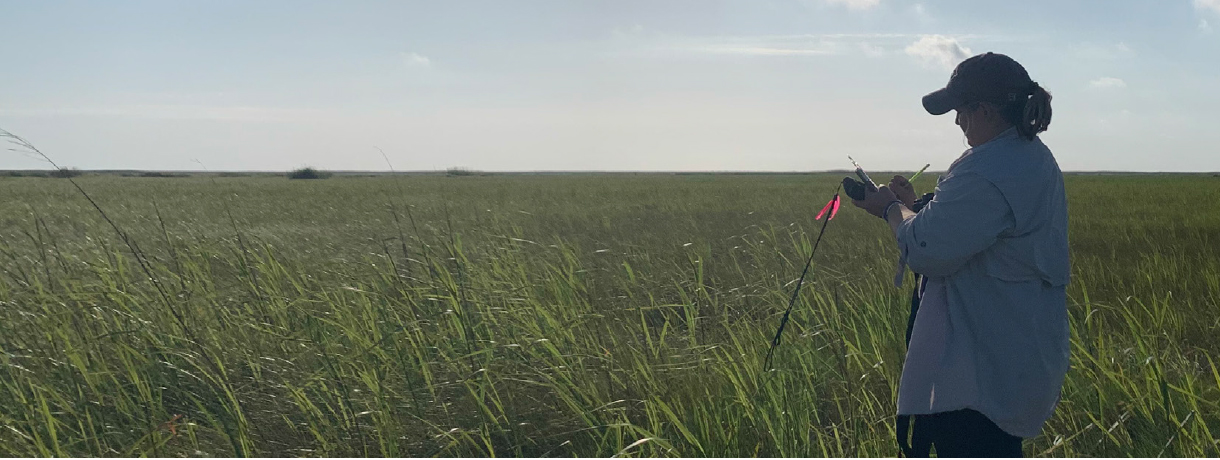
FELLOWSHIPS
The GRP provides fellowships to support the development of future generations of scientists, engineers, and health professionals prepared to work at the intersections of offshore energy system safety, environmental protection, and health and community resilience. The GRP currently runs two fellowship programs directly—Early-Career Research Fellowships and Science Policy Fellowships—and provides support to one other National Academies’ fellowship program: Christine Mirzayan Science & Technology Policy Graduate Fellowship.
2019 EARLY-CAREER RESEARCH FELLOWS
The Early-Career Research Fellowship program supports emerging scientific leaders as they take risks on research ideas not yet tested, pursue unique collaborations, and build a network of colleagues who share their interest in improving offshore energy system safety and the well-being of coastal communities and ecosystems.
TOTAL
In 2019, the GRP supported 31 new fellows across the 3 programs with awards totaling $2,024,000.
In 2019, 20 individuals received awards totaling $1,500,000 as the fifth class of Early-Career Research Fellows:
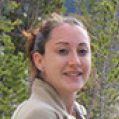
Trisha Atwood
Utah State University
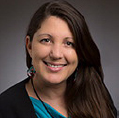
Shanondora Billiot
University of Illinois at UrbanaChampaign

Traci Birch
Louisiana State University
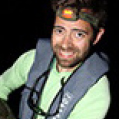
Edward Camp
University of Florida
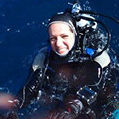
Andia Chaves Fonnegra
Florida Atlantic University
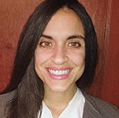
Rebeca de Jesus Crespo
Louisiana State University
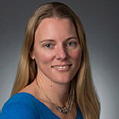
Kim de Mutsert
George Mason University
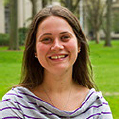
Jessica Fitzsimmons
Texas A&M University
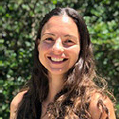
Mariana Fuentes
Florida State University
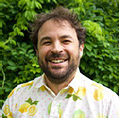
Evan Goldstein
University of North Carolina at Greensboro
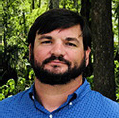
James Nelson
University of Louisiana at Lafayette

Kwame Owusu-Daaku
University of West Florida

Allison Reilly
University of Maryland, College Park
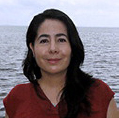
Isabel Romero
University of South Florida

Derek Sawyer
The Ohio State University
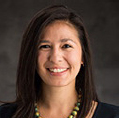
Lauren Stadler
Rice University

Elaina Sutley
University of Kansas

Yufei Tang
Florida Atlantic University

William Tarpeh
Stanford University

Gabrielle Wong-Parodi
The Board of Trustees of the Leland Stanford Junior University
2019 SCIENCE POLICY FELLOWS
The Science Policy Fellowship program helps scientists hone their skills by putting them to practice for the benefit of Gulf Coast communities and ecosystems. Fellows gain first-hand experience at the interface of science and policy as they spend 1 year on the staff of federal, state, local, or nongovernmental environmental, natural resource, oil and gas, and public health agencies in the Gulf of Mexico region.
In 2019, 10 individuals received awards totaling $515,000 as the fourth class of Science Policy Fellows:

Hannah Brown
Florida Department of Agriculture and Consumer Services
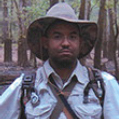
Lauris Hollis
Texas General Land Office
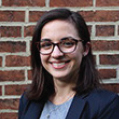
Abbey Hotard
U.S. Environmental Protection Agency (EPA) Gulf of Mexico Program Office

Rachel Kirpes
U.S. Fish & Wildlife Service

Andrew Lade
National Oceanic and Atmospheric Administration Resources and Ecosystems Sustainability, Tourist Opportunities, and Revived Economies (RESTORE) Science Program
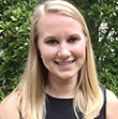
Emily Mazur
U.S. Geological Survey Wetland and Aquatic Research Center
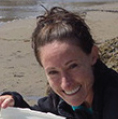
Kathryn O’Shaughnessy
Texas Parks & Wildlife Department
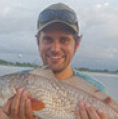
Dustin Reuther
RESTORE Council
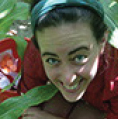
Amy Teller
The Data Center
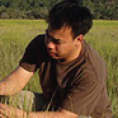
Huy Vu
EPA Gulf of Mexico Program Office
2019 GULF RESEARCH PROGRAM CHRISTINE MIRZAYAN SCIENCE & TECHNOLOGY POLICY GRADUATE FELLOWS
The National Academies’ Christine Mirzayan Science & Technology Policy Graduate Fellowship program provides early-career individuals with the opportunity to spend 12 weeks at the National Academies in Washington, DC, learning about science and technology policy and the role that scientists and engineers play in advising the nation.
2019 was the sixth year of participation in the program and one individual joined the GRP for 12 weeks and received an award totaling $9,000:
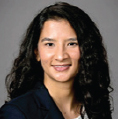
Pritishma Lakhe
Texas A&M University
